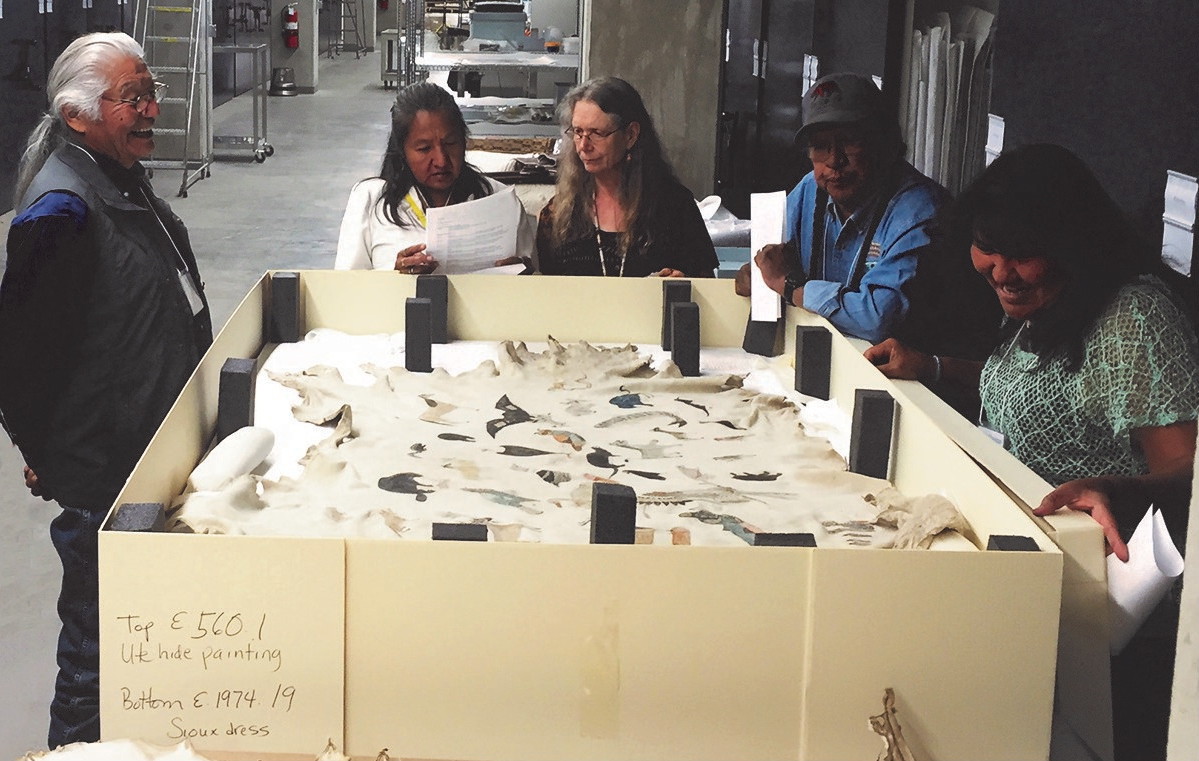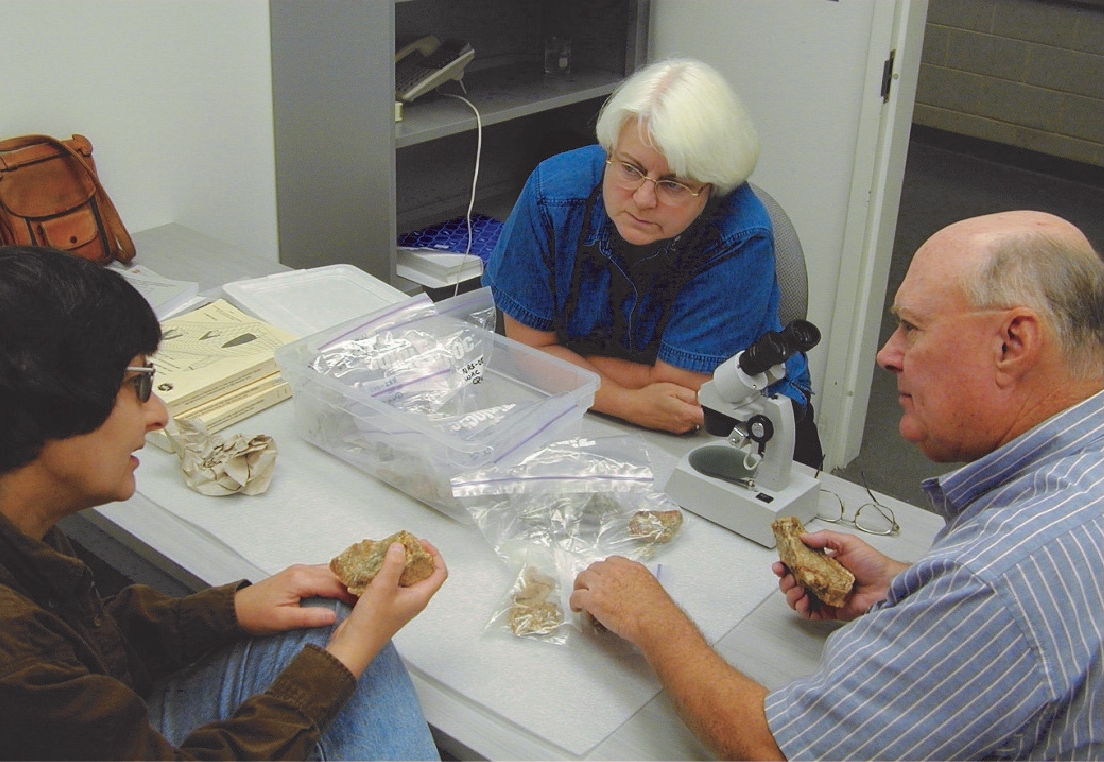Creating a Curation Community of Practice in Archaeology: A Resolution for the New Year
As 2020—finally—comes to a close, the new year stretches out in front of us, full of possibilities. The long tradition of New Year’s resolutions offers each of us an opportunity to commit ourselves to learning more about curation, collections management, and the lifecycle of the collections we create through our work. Advances in Archaeological Practice has long supported the methodological innovations of archaeologists who are concerned about collections care and has published examples traversing geographic, temporal, and topical boundaries. Twelve of these articles have been assembled here by members of the Archaeological Collections Consortium in order to provide a curated foray into the field for newcomers and experts alike. The research is currently free to access.

Much like the year itself, collections care follows a lifecycle. Ideally, we prepare for long-term curation before we begin our fieldwork, we excavate and collect sustainably, and we practice preventative conservation in our repositories. The assembled publications discuss all this and more, adding to the mix the unique difficulties presented by safe care and handling of skeletal collections, the critical importance of engaging our stakeholders, and the necessity of remembering that collections are more than indications of the past; they are tools for the future. Moreover, authors discuss new innovations in data curation as well as existing “tried and true” curation strategies, explore alternative strategies for education using deaccessioned collections, and encourage readers to use existing collections to make new and exciting hypotheses about the past.
The overarching theme of these selections is a call to arms for ethical curation, mixed with a judicious helping of sheer enthusiasm. The possibilities afforded by existing collections are varied and endless, bound only by our ability—and willingness—to care for them in the field, the lab, and the repository. As we reflect on the year ending, and the new one beginning, we encourage you to see the possibilities ahead. Curation is more than just an ethical imperative. It is a field of study in its own right with evolving methodologies, conundrums, and research possibilities that compliments and informs archaeology. Now is the perfect time to begin a new journey.
Ralph Bailey, Branch Chief, Brockington and Associates, Inc.; Danielle M. Benden, Owner, Driftless Pathways, LLC; S. Terry Childs, Retired Manager of the Department of the Interior Museum Program; and Jenna Domeischel, Archaeologist/NAGPRA Lead, U.S. Army Corps of Engineers.
These compilers are members of the Archaeological Collections Consortium (ACC), a working group composed of representatives from the Society for American Archaeology (SAA), the Society for Historical Archaeology (SHA), and the American Cultural Resources Association (ACRA). ). The ACC is supported by the three organizations and has been in existence since 2012. It was established to create avenues for communication between SAA, SHA, and ACRA and to serve as a unified voice for collections-related issues that are relevant to the three organizations and their members. The ACC has taken on a number of projects over the years, the most recent being a volume, Using and Curating Archaeological Collections, edited by S. Terry Childs and Mark S. Warner and published by The SAA Press in 2019.
The ACC then jumped at the opportunity to compile a short list of the many excellent articles in Advances in Archaeological Practice to help spur on fellow archaeologists to improve the care of archaeological collections in the United States and worldwide.

We would also like to thank the two students who feature in the image at the top of this blog. They are pictured working on artifact preparation in the laboratory at St Mary’s College, St. Mary’s, Maryland.






